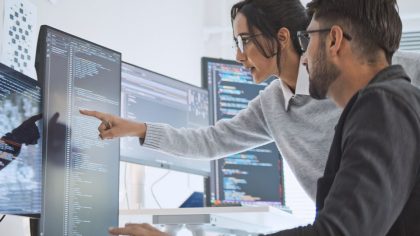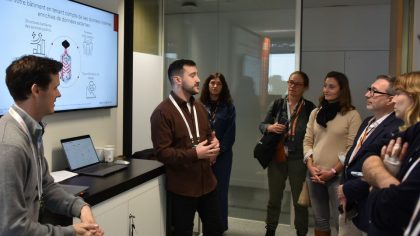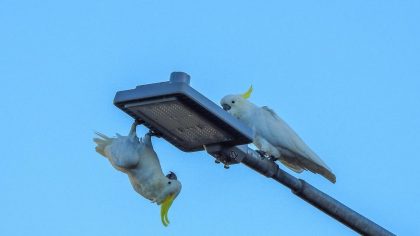Artificial intelligence: how psychology can contribute to AGI
• The drive to develop artificial general intelligence (AGI) that can endow machines with human-like cognitive versatility faces theoretical and technical challenges.
• Some of these could be addressed by machine psychology, a new approach that integrates principles from the psychology of learning into adaptive systems.
• In his recent computer science dissertation, clinical psychology researcher Robert Johansson has investigated the possibility of developing AI systems capable of human-like relational reasoning.
Read the article
• Some of these could be addressed by machine psychology, a new approach that integrates principles from the psychology of learning into adaptive systems.
• In his recent computer science dissertation, clinical psychology researcher Robert Johansson has investigated the possibility of developing AI systems capable of human-like relational reasoning.



Explainability of artificial intelligence systems: what are the requirements and limits?
Read the article
AI: “the divide between freelance and in-house developers can be damaging”
Read the article

AI fed on data from gas sensors and smart cameras prevents workplace accidents
Read the article
